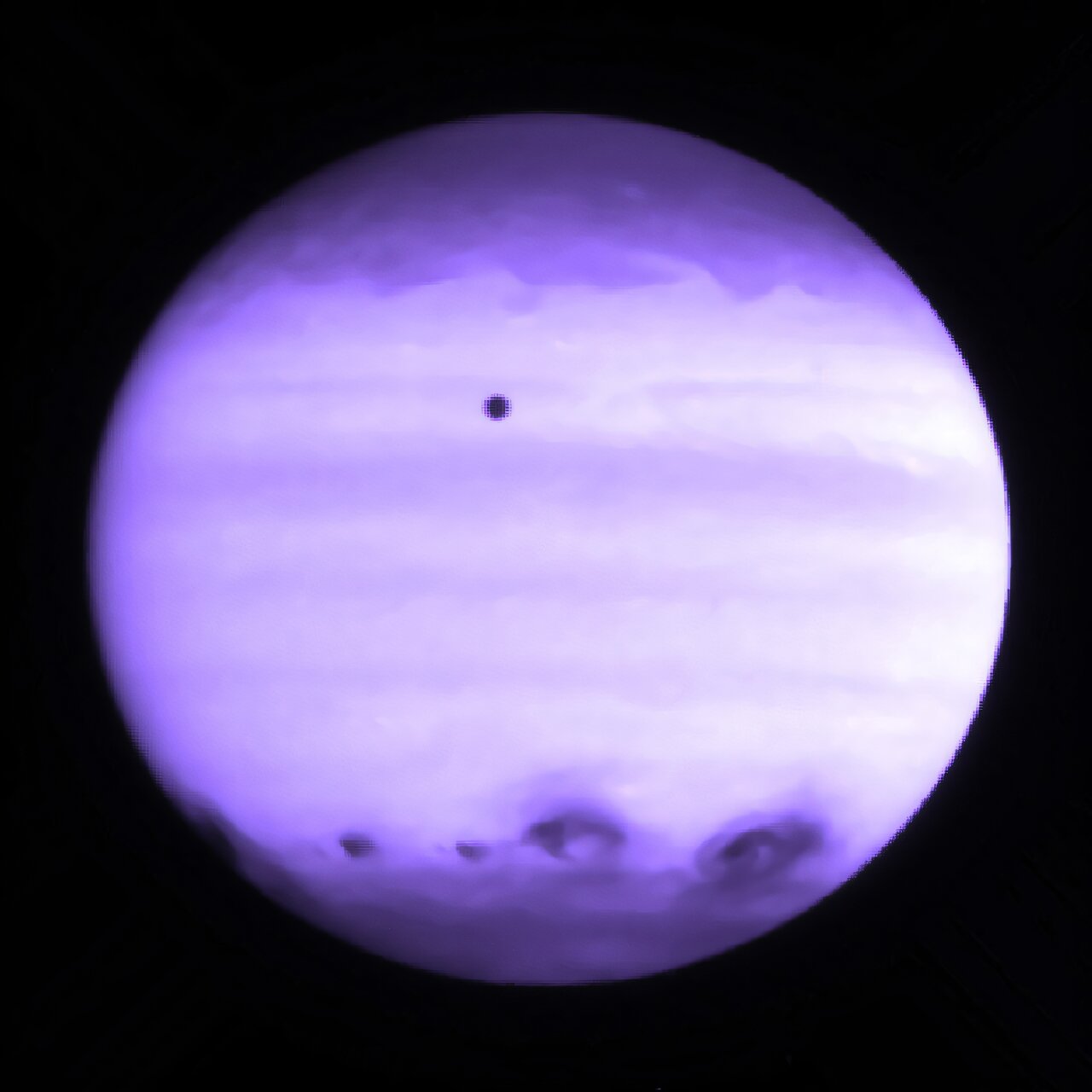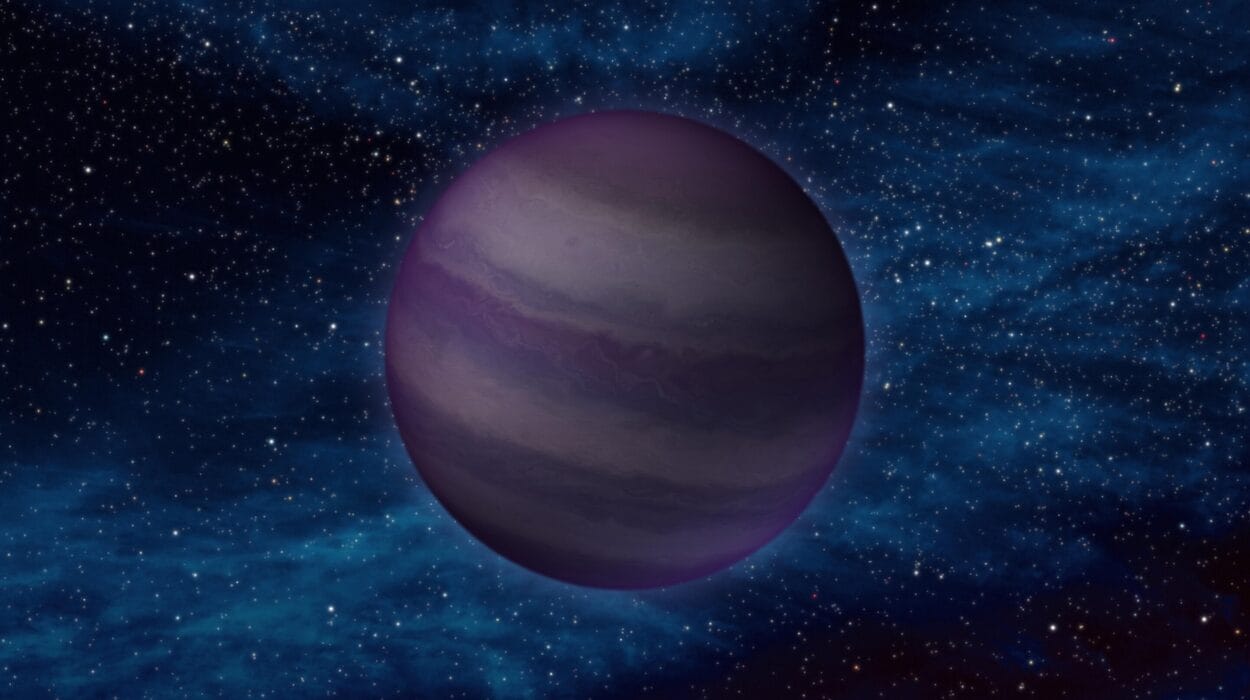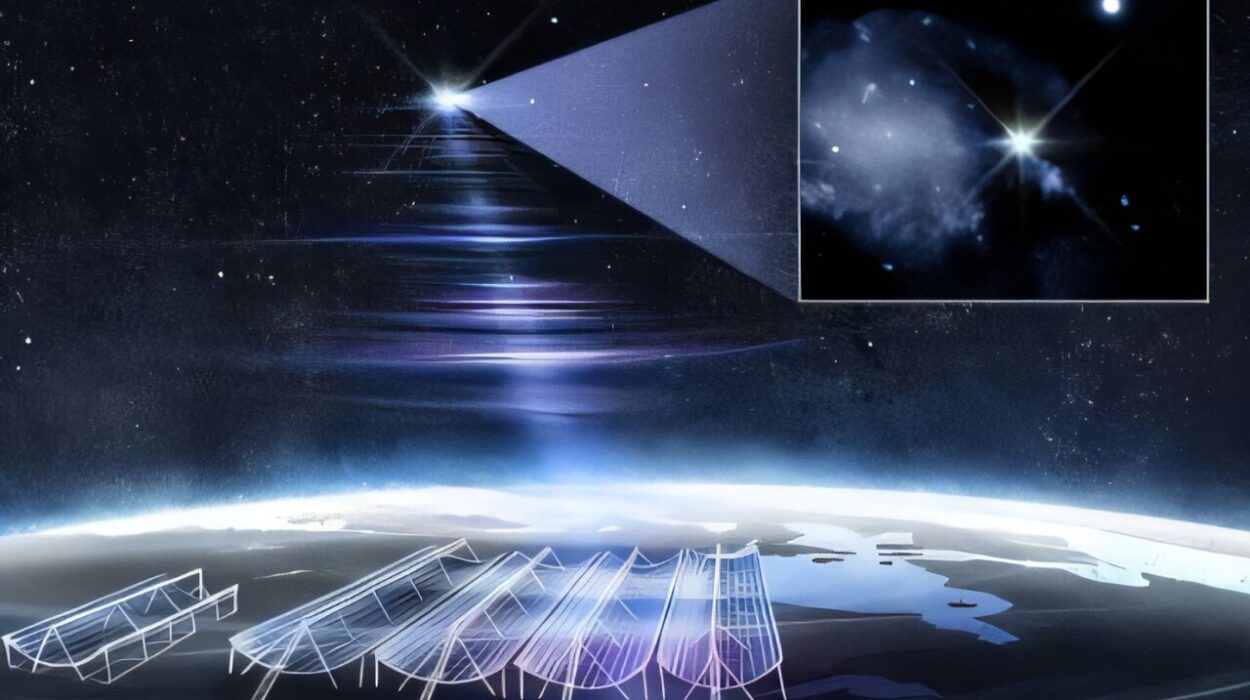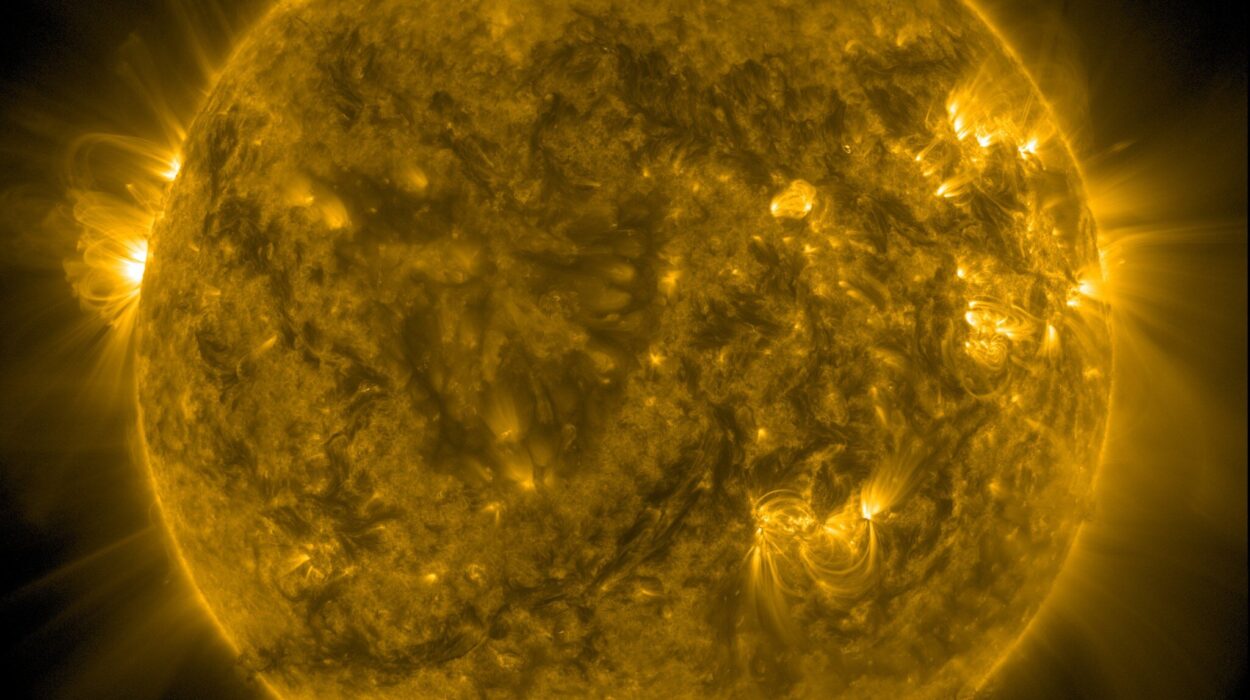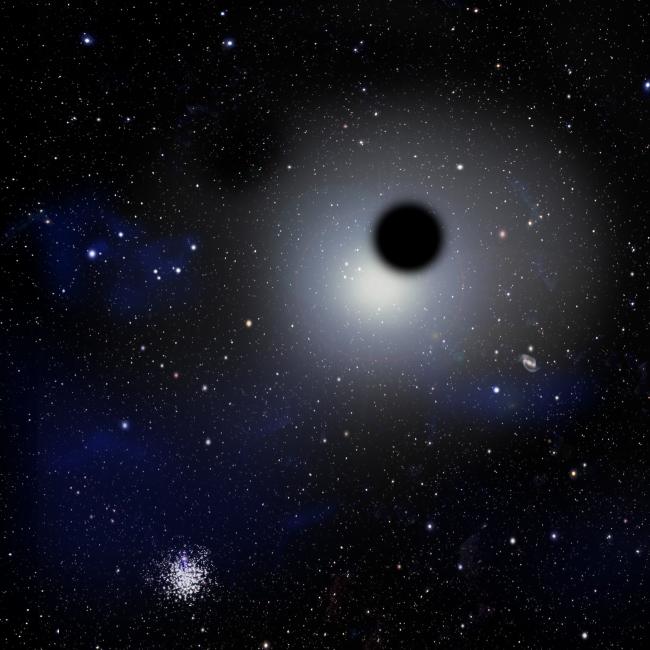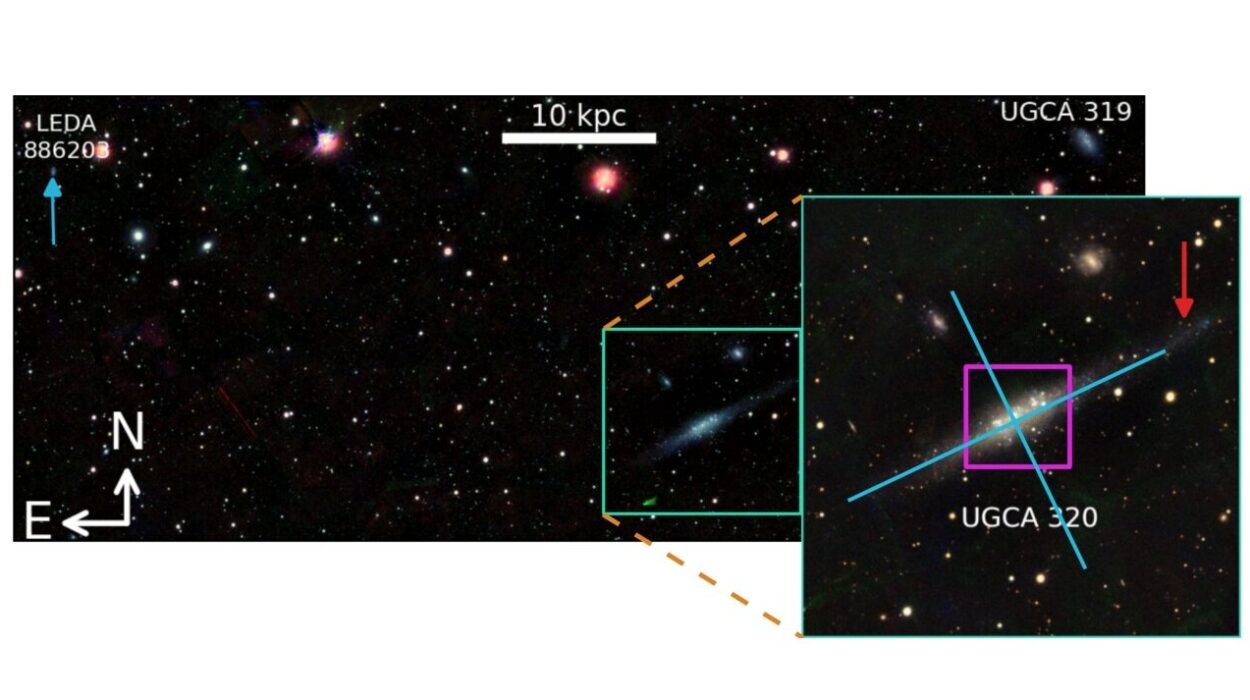From the ancient fireballs that may have birthed our oceans to the celestial intruders that could one day bring catastrophe, comets have been a double-edged sword in Earth’s history. These icy bodies from the edges of the solar system are more than mere space debris—they are cosmic messengers, carrying the ingredients of life while also bearing the destructive power to shake the climate of a planet to its core. As science pushes the frontiers of exoplanetary research, these spaceborne visitors are once again in the spotlight—not just for their past role on Earth but for their potential to shape the atmospheres and habitability of planets beyond our solar system.
Today, groundbreaking simulations from researchers in the United Kingdom are exploring what happens when a comet strikes a tidally locked Earth-like exoplanet. These planetary neighbors, locked in perpetual day and night as they orbit close to dim red stars, may offer a new window into how life could arise—or be extinguished—on alien worlds.
The Origin of Water and Life: Comets as Celestial Alchemists
In the chaos of the early solar system, Earth was a violent place, under constant bombardment by asteroids and comets. These cometary collisions weren’t just planetary growing pains—they may have been essential to Earth’s evolution. Despite forming from the dry inner solar system, our planet somehow ended up with vast oceans and a biosphere rich in complex chemistry.
One of the leading theories proposes that comets delivered a significant portion of Earth’s water, along with organic molecules such as amino acids and nucleobases—the fundamental ingredients for life. It’s estimated that comets contributed around 0.02% of Earth’s mass in water, and similar fractions were likely deposited on our neighboring planets, Mars and Venus.
These wandering iceballs, composed of water, carbon dioxide, methane, and other frozen gases, are essentially deep-space time capsules. They preserve the chemical fingerprint of the early solar system and potentially the interstellar medium. Their bombardments could have transformed a sterile Earth into a cradle for life.
Yet, comets are not simply agents of life—they are also agents of destruction.
The Perils of Impact: From Tunguska to the Younger Dryas
Fast-forward to more recent times, and the picture darkens. In 1908, a powerful atmospheric explosion flattened 2,000 square kilometers of Siberian forest near the Tunguska River. Though the object never struck the ground, it’s widely believed to have been a small comet or asteroid that exploded in the atmosphere with the force of a large nuclear bomb.
Further back, around 12,800 years ago, a comet or fragment thereof may have instigated the abrupt cooling period known as the Younger Dryas. The impact would have triggered massive wildfires and injected dust and aerosols into the atmosphere, causing a sharp temperature drop that lasted over a millennium. This climatic shock is associated with widespread megafauna extinctions and may have deeply affected early human civilizations.
Earth’s history is thus marked by a paradox: the very celestial visitors that may have enabled life also threaten to erase it. But what if such events are not unique to our planet?
Echoes of Impact in Other Worlds
The cosmos is teeming with planetary systems, many of them hosting rocky, Earth-sized planets in the habitable zones of their stars. Among the most intriguing are tidally locked exoplanets—worlds that always show the same face to their star, much like the Moon does to Earth.
These planets often orbit M dwarf stars, the most common type in our galaxy, comprising roughly 75% of all stars. Their habitable zones are close in, where the heat from the cool star is sufficient to allow liquid water to exist—if conditions are right.
One such system is TRAPPIST-1, located about 40 light-years away. This red dwarf star hosts seven Earth-sized planets in tight, circular orbits, with three or four lying within the habitable zone. These planets, including TRAPPIST-1e, are prime candidates in the search for life.
And they may be under constant bombardment.
Why Tidally Locked Planets Face Greater Impact Risk
The tight orbits of planets around M dwarfs mean they zip around their stars at breakneck speeds. According to Kepler’s Second Law, planets closer to their stars move faster along their orbits. This high orbital velocity, combined with gravitational focusing by the star, increases the likelihood and severity of cometary collisions.
In fact, simulations show that tidally locked planets like TRAPPIST-1e may experience a higher rate of impacts than Earth. Their slow rotation and permanent day/night divide also affect how their atmospheres distribute heat and chemistry, making them fascinating subjects for climate modeling—especially in the context of violent celestial collisions.
To understand what might happen when a comet strikes such a world, a team led by researcher Sainsbury-Martinez constructed a sophisticated simulation, combining models of comet impact dynamics with climate models designed for Earth-analog and tidally locked exoplanets.
Modeling a Cataclysm: A Comet’s Descent into TRAPPIST-1e
The team’s experiment assumed a 2.5-kilometer-radius comet made entirely of water ice striking TRAPPIST-1e. This icy bullet, with a mass of about 65 gigatonnes—roughly one-third the mass of Mount Everest—was simulated entering the atmosphere at a perpendicular angle.
As the comet plummeted toward the surface, it encountered increasing atmospheric density. Drag forces mounted, and the heat of reentry began to melt and vaporize the icy surface—a process called thermal ablation. Eventually, the force of the atmospheric pressure overcame the structural integrity of the comet, shattering it in a process known as ram-pressure fragmentation.
Such breakups are complex, but similar dynamics were observed during the Shoemaker-Levy 9 comet impact on Jupiter in 1994. In this case, the breakup occurred before surface impact, with all of the comet’s energy released in the atmosphere.
Using an exponentially decaying energy distribution, the model ensured all kinetic energy was deposited in the upper atmosphere rather than reaching the ground—a realistic assumption for most icy impactors of this size.
A Planet Transformed: Climate After the Impact
Once the comet’s mass and energy were injected into the atmosphere, the climate model was set in motion. The result: a planetary climate in upheaval.
The impact significantly altered the composition of TRAPPIST-1e’s atmosphere, particularly increasing its water vapor content. Most of the water was delivered at pressures below 100 Pa—well above the surface, which on Earth has a pressure of 101,000 Pa.
In the upper and middle atmosphere, the water vapor persisted for over 15 years before returning to equilibrium. Interestingly, the surface showed minimal change in moisture due to the thick, stratified nature of planetary atmospheres. The sharp pressure gradient near the surface acted as a buffer, preventing the deeper atmospheric layers from being significantly affected.
It took about two decades for the planet’s climate to stabilize after the impact. During this time, chemical reactions and radiative effects of water vapor could alter everything from cloud formation to planetary albedo (reflectivity), possibly influencing global temperatures.
The Observable Fingerprint of Catastrophe
One of the most compelling implications of this study is that such changes may be visible from Earth. With powerful telescopes like the James Webb Space Telescope (JWST) already scanning exoplanetary atmospheres, astronomers may one day detect the spectral fingerprints of recent impacts.
Elevated water vapor levels, changes in ozone or other reactive gases, and thermal signatures in the atmosphere could all signal a recent cometary collision. These signs could offer insight into a planet’s evolutionary history and its ongoing potential for hosting life.
Even more promising is the prospect of future instruments like the Habitable Worlds Observatory (HWO), designed specifically to analyze Earth-like exoplanets. These tools might allow us not only to detect alien biospheres but also to witness the planetary drama of life’s rise and fall on other worlds.
What’s Next? Simulating Impacts on Rotating Planets
In their next study, Sainsbury-Martinez and his team are turning their attention to non-tidally locked planets—worlds with more Earth-like rotational dynamics.
Unlike tidally locked planets, rotating planets have more vigorous atmospheric circulation, allowing energy and moisture to be transported horizontally around the globe. The researchers expect these dynamics to distribute the impact’s effects differently, leading to faster mixing and potentially quicker climate recovery.
Understanding these differences will be key in assessing the long-term habitability of exoplanets across various star systems. After all, a planet that can weather a cosmic strike and return to equilibrium might be a more promising candidate for life than one that spirals into atmospheric chaos.
The Cosmic Ballet Continues
Comets, those ghostly wanderers of the outer solar system, remain enigmatic players in the cosmic narrative of life and death. Their icy cores may seed worlds with oceans and organic molecules, but their high-speed collisions can also induce mass extinctions and climate upheaval.
As our instruments peer deeper into the cosmos and our simulations become more refined, we’re beginning to grasp the profound role that comets play not only in our solar system but across the galaxy. Tidally locked planets like TRAPPIST-1e offer a new arena in which to test the resilience of planetary atmospheres and the potential for life to endure—or perish—in the face of cosmic violence.
Whether bringers of life or harbingers of doom, comets continue to sculpt the story of planets. As we explore these alien worlds, we may find that our own origins—and perhaps our future—are tied to these icy travelers more intimately than we ever imagined.
Reference: F. Sainsbury-Martinez et al, The Response of Planetary Atmospheres to the Impact of Icy Comets. I. Tidally Locked Exo-Earths, The Astrophysical Journal (2025). DOI: 10.3847/1538-4357/ad96ad
